In today's underground construction sector, trenchless horizontal directional drilling technology is becoming the new industry standard. This technology perfectly combines traditional geological exploration with modern directional drilling, providing safer and more efficient solutions for various underground projects.
1. Significant Technical Advantages
The core value of trenchless horizontal directional drilling technology lies in:
1. Accurately mapping underground geological conditions
2. Minimizing surface environmental disruption
3. Dramatically improving construction efficiency
4. These features make trenchless horizontal directional drilling technology highly sought-after
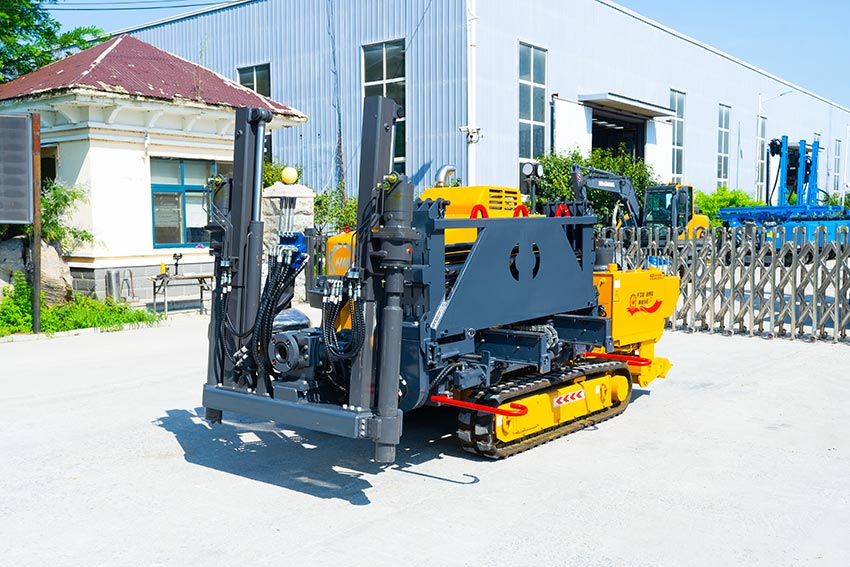
2. Wide Application Fields
Trenchless horizontal directional drilling technology has been successfully applied in:
1. Urban underground pipeline installation
2. Tunnel engineering geological surveys
3. Mineral resource exploration
4. Fully demonstrating the adaptability of trenchless horizontal directional drilling technology
3. Enhanced Construction Efficiency
Compared to traditional methods, trenchless horizontal directional drilling technology can:
1. Reduce construction time by over 50%
2. Lower project costs by 30%
3. Improve exploration data accuracy
4. Making trenchless horizontal directional drilling technology the smart choice
4. Outstanding Environmental Benefits
The eco-friendly features of trenchless horizontal directional drilling technology include:
1. Maximum protection of surface vegetation
2. Reduced construction noise pollution
3. Lower energy consumption
4. These advantages make trenchless horizontal directional drilling technology more sustainable
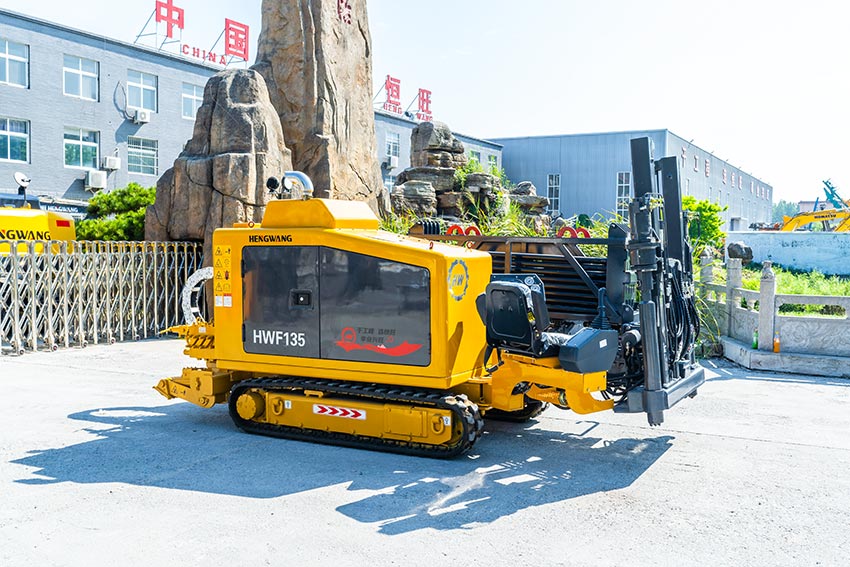
Hengwang Group Horizontal Directional Drills
Hengwang Group leads in trenchless horizontal directional drilling technology:
1. Stable and reliable equipment performance
2. Guidance accuracy meeting international standards
3. Adaptability to complex geological conditions
The advanced trenchless horizontal directional drilling technology of Hengwang Group is your best choice.
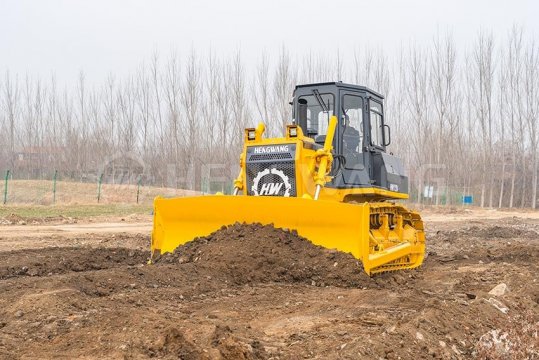 Bulldozer Blade Types: Core Configuration for Adapting to Different Operating Scenarios
Bulldozer Blade Types: Core Configuration for Adapting to Different Operating Scenarios
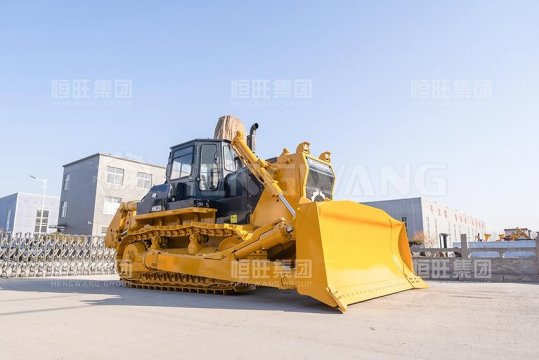 Swamp bulldozer: An Efficient Solution for Operations in Muddy Environments
Swamp bulldozer: An Efficient Solution for Operations in Muddy Environments
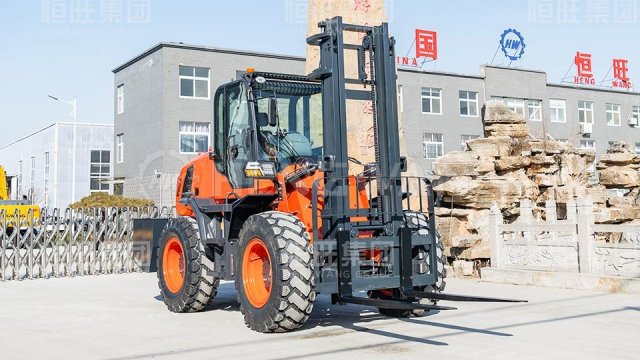 Rough terrain forklift with highest load capacity: A High-performance Solution for Heavy-duty Outdoor Operations
Rough terrain forklift with highest load capacity: A High-performance Solution for Heavy-duty Outdoor Operations